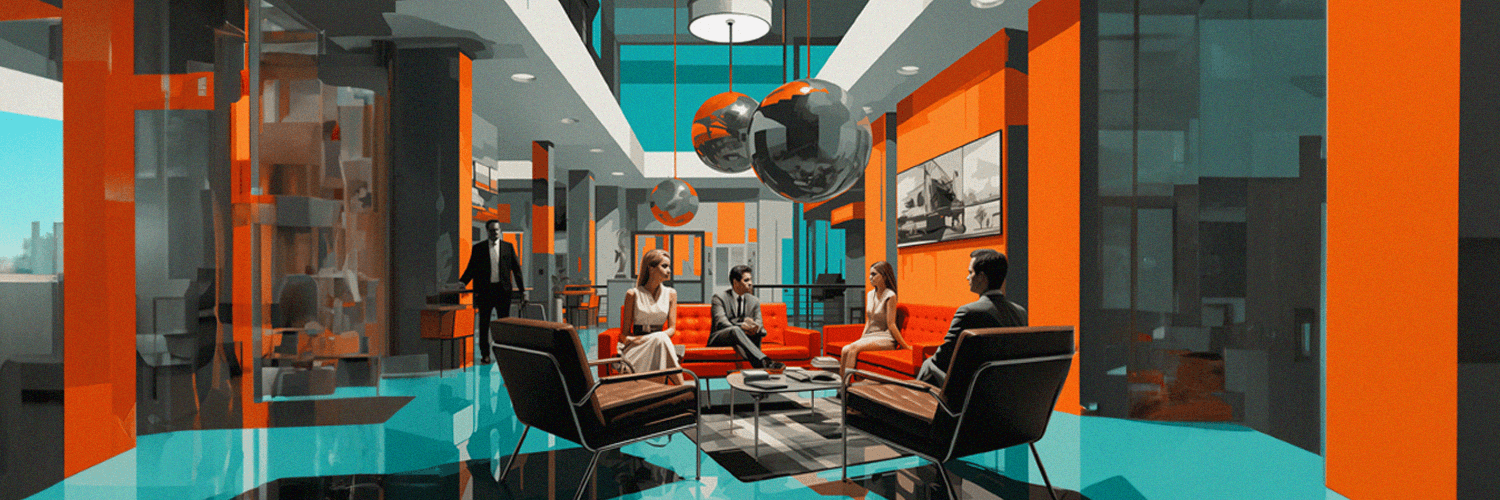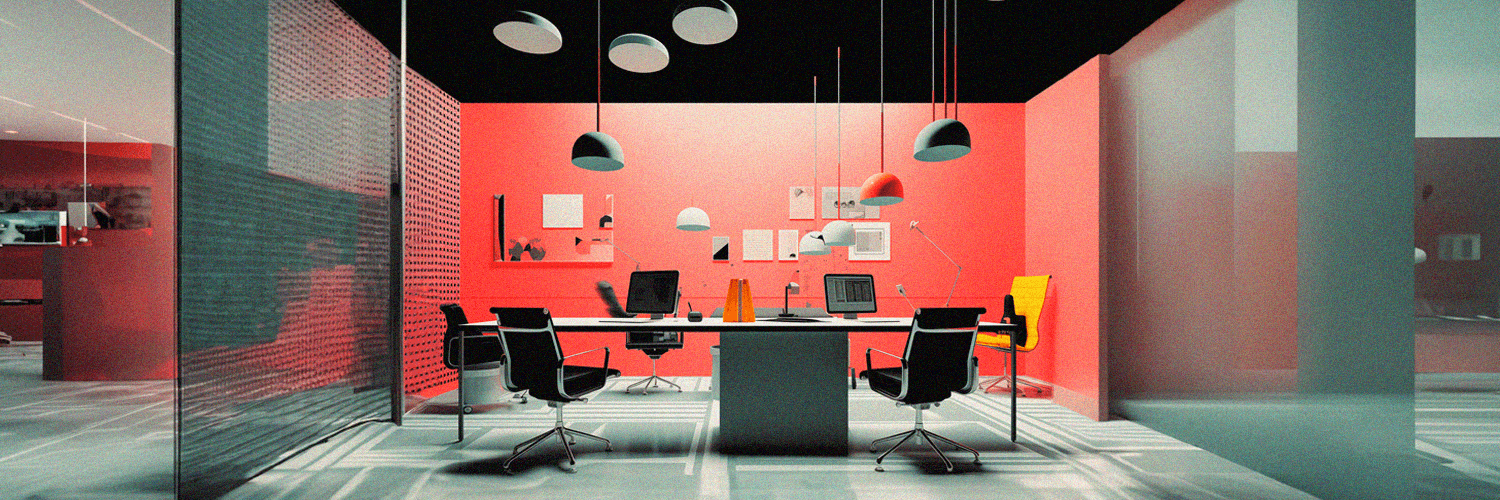Especially today, optimizing your office space is crucial. In a world of hybrid work and growing safety and space regulations, ensuring that your office is spacious and safe for team members while remaining productive is key. Fortunately, we are in the digital age, and new technologies are being developed to optimize office space. Through implementing these technologies, you can utilize your office to its fullest extent while creating a positive and thriving business environment. We will walk you through the most beneficial technologies to help you manage your office space utilization for maximum efficiency.
IoT Sensors
The Internet of Things (IoT) can serve many purposes in terms of workspace solutions. Recently, IoT has expanded its capabilities into the form of indoor motion-sensing devices. These devices use infrared, ultrasonic, or microwave technology to detect occupancy. At each endpoint, these sensors collect data to be transmitted to a gateway. The data is then relayed via WIFI or Internet connection to a cloud-based repository. Clearly, this is an advanced technology, but how does it apply to office space utilization? There are several ways that data collection sensors can optimize your workspace. Perhaps the most beneficial feature is its ability to track occupancy in a specific space or at a desk. This means that sensors would be installed throughout the office space (desks, rooms, breakout spaces, etc.) to alert users of a presence in that area. For offices looking to practice social distancing, this is an excellent feature. The sensor will upload data to an accessible software so that team members inside or outside of the office can be made aware of current occupancy. With this, you can ensure that your team members comply with capacity regulations and maintain a working distance that keeps everyone safe.
You may be wondering if this is an invasion of privacy, but not to worry, while the sensors provide precise results, they are at an anonymous level. This way, the sensors will only record that someone in a given space; they cannot determine who it is. Team members will feel at ease knowing that their office space capacity is managed without being personally micromanaged. Many companies are happy with this autonomy, but there are more advanced features that offer facial or people recognition. Should you choose to implement this feature, the sensors will use specialized cameras that process images in real-time to count the number of people in a space. This feature is optional but does tend to raise privacy and security concerns, so should you choose to use it, ensure that your team members are aware and consent to this feature.
Beyond space and desk sensors, you can also implement lighting sensors. Smart lighting is a popular option because it reduces your company's environmental impact while saving money on power. The lights in your office space will be equipped with motion sensors that detect occupancy and control the lights throughout the day. When people are present, the lights will come on, and when the room is empty, the lights will turn off. While this may not be a revolutionary or new technology, it can still be beneficial to implement in your office.
Desk Booking Software
While a helpful technology, if sensors don't feel like the right fit for your company, desk booking software is an equally beneficial tool. Hot desking is a workspace management tactic when employees share communal desks instead of having a designated workstation. This concept is made possible with desk booking software. With this software, you can upload a virtual layout of your workspace with all desks and seating options visible. Team members will have access to this software and be able to book desks, rooms, and workspaces that best fit their needs. Desk booking creates an activity-based and employee-centric workspace persona, encouraging team members to sit where they feel most productive and comfortable. This will also ensure that team members share the office space seamlessly, knowing that they have a say in their workspace and some control over their environment. Additionally, while team members will be able to book their workspace in advance, they do not necessarily have to. This software can be allocated to or selected by team members on the spot upon arrival at the office. With desk booking software, you can equip your office with the flexibility that allows team members to find a workstation that leads them to feel most productive.
Furthermore, this tool is excellent for managing office capacity, a growing necessity today. Management has the ability to set capacity restraints, ensuring that the number of team members on-site each day complies with capacity requirements for a safe workspace. You will also have the option to block off certain areas to guarantee social distancing and provide team members with only the seating options you deem available. Overall, desk booking solutions will ensure that your workspace is well-managed with productivity and safety in mind.
Hybrid Technology
We have talked a lot about flexibility in the office. This is a crucial feature of any workspace to cultivate an environment of productivity for team members. Especially today, where health and safety are essential concerns in the office, offering team members a workspace where they can feel comfortable is crucial. As a result, hybrid workplaces have skyrocketed in popularity this past year. A hybrid office is one that mixes remote and in-office work, allowing team members to work from home if that is the best working environment for them. To ensure that your hybrid workplace is as efficient as possible, there are some technologies you should implement. First and foremost, your software should be interconnected and interoperable. This means that the software needed by team members to perform necessary tasks should be accessible at any time or location and easily work with the devices that are located in-office. In optimizing the accessibility of your software, you can guarantee that team members can communicate and work simultaneously no matter where they are working from. While there is no one technology to achieve this, there are a few that can help. Implementing cloud-based data storage and intelligent communication software is vital. These technologies will allow your team members to seamlessly communicate from different workspaces, achieving the same level of collaboration and productivity as if they were sitting side-by-side.
The modern office space is all about optimization and accessibility. Implementing smart technologies such as IoT sensors, desk booking software, and hybrid solutions will allow your team members to reach maximum productivity in their workspace, no matter where that may be. Remember, your office should serve as a cultivator of collaboration and efficiency, inspiring team members to work hard and enjoy what they do. Managing your office space is a big step to achieving this, and the technology you implement will significantly help you in this process. Office technology is no longer optional; it is necessary to the success of your company and your team members.

.png)









